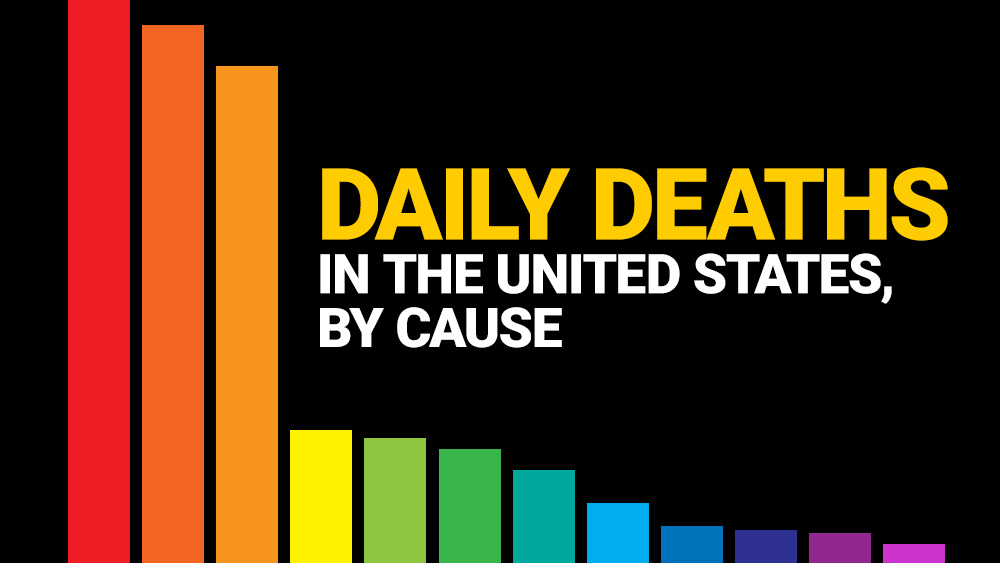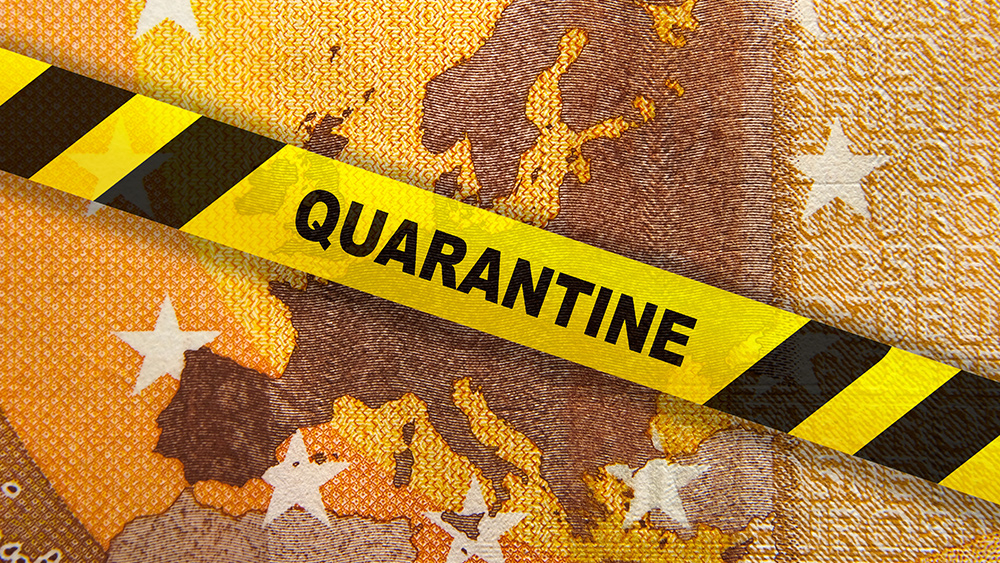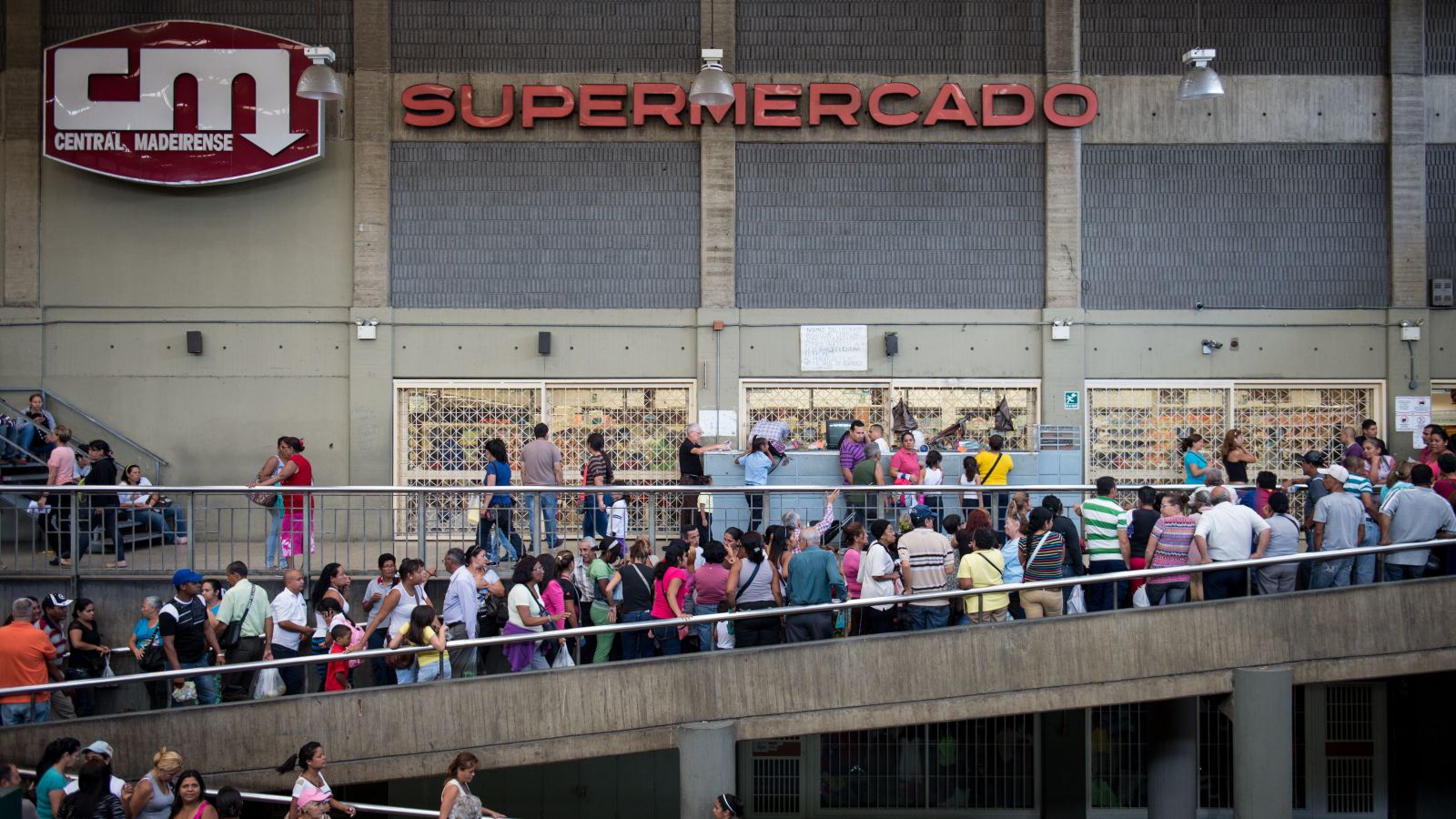Thousands dying of coronavirus in nursing homes, but government isn’t keeping track
04/14/2020 / By Isabelle Z.

So far, more than 2,200 deaths from COVID-19 have been reported in nursing homes. That’s an unacceptable – but sadly, not surprising – number, but the truth is that it may only represent a fraction of the real number of deaths in these settings.
NBC News gathered data from state agencies showing that nearly 2,500 long-term care facilities across 36 states are currently fighting coronavirus cases, which marks a rise of 522 percent over the nationwide count 20 days before.
However, it’s worth noting that states like Florida, which has a huge elderly population, didn’t even provide data. Some of the states that have seen the biggest coronavirus outbreaks, such as Pennsylvania, Michigan and California, don’t share long-term care facility death tallies, either. Other states that didn’t provide data include Arizona, New Mexico, South Carolina, Kansas, Ohio, and New Hampshire. Some states don’t even track this sort of data in the first place. There’s also the fact that many nursing homes in the country are still trying to get access to testing for their residents.
Just how many coronavirus cases and deaths could be missing from official counts? We have every reason to believe the number could be very high. After all, nursing home residents tend to be elderly, which places them into several high-risk categories, including advanced age, having pre-existing conditions, and living in close quarters.
And while safe to assume that there are quite a few cases in these settings, experts have said that more thorough data is needed to understand why this virus seems to be spreading faster in certain nursing homes compared to others.
We do know that in New York, more than 1,300 nursing home and assisted living facility residents have died from the virus, while Washington state has seen 221 deaths linked to these facilities. More than 100 such deaths have been reported in New Jersey, Connecticut, Illinois and Louisiana.
States like Massachusetts, Colorado, and Virginia say they’re actively working on making this information available to the public. In other states, however, we can’t expect to see this data as they claim they don’t have the resources and technology needed to collect information on infections and deaths in nursing homes.
Even in states where we are seeing data from state health departments, it’s reasonable to assume that the numbers being reported are significantly lower than the actual number of cases because of limited testing. In Nevada, where 20 long-term care facilities were reported as having coronavirus infections, the state said their data only included those facilities that were proactive about reporting and whose residents have had lab-confirmed cases. They said that staff and residents there do not have access to universal COVID-19 testing.
Care homes being warned to proceed with extreme caution
In the meantime, the American Health Care Association, a group representing nursing homes, has urged these facilities to proceed as though they already have coronavirus on their grounds.
The CEO of ArchCare, which runs five nursing homes in New York, has told family members that they should bring their loved ones home if at all possible. He said that will provide them with better isolation and less contact with others than they’d experience in a nursing home, although he said only a few families have actually done so. Many of the residents’ needs are simply too complex for people to take on in a home setting.
With many nursing homes reporting insufficient protective gear for staff and residents often lacking the physical ability to cover their mouth when they cough – and in some cases, even remember or understand that they need to do so – the numbers of deaths in these facilities is only likely to continue to climb, whether we hear about it or not.
Sources for this article include:
Tagged Under: care homes, coronavirus, covid-19, death toll, deaths, fatalities, infection spread, infections, New York, nursing homes, outbreak, pandemic, Public Health
RECENT NEWS & ARTICLES
COPYRIGHT © 2017 OUTBREAK NEWS



















